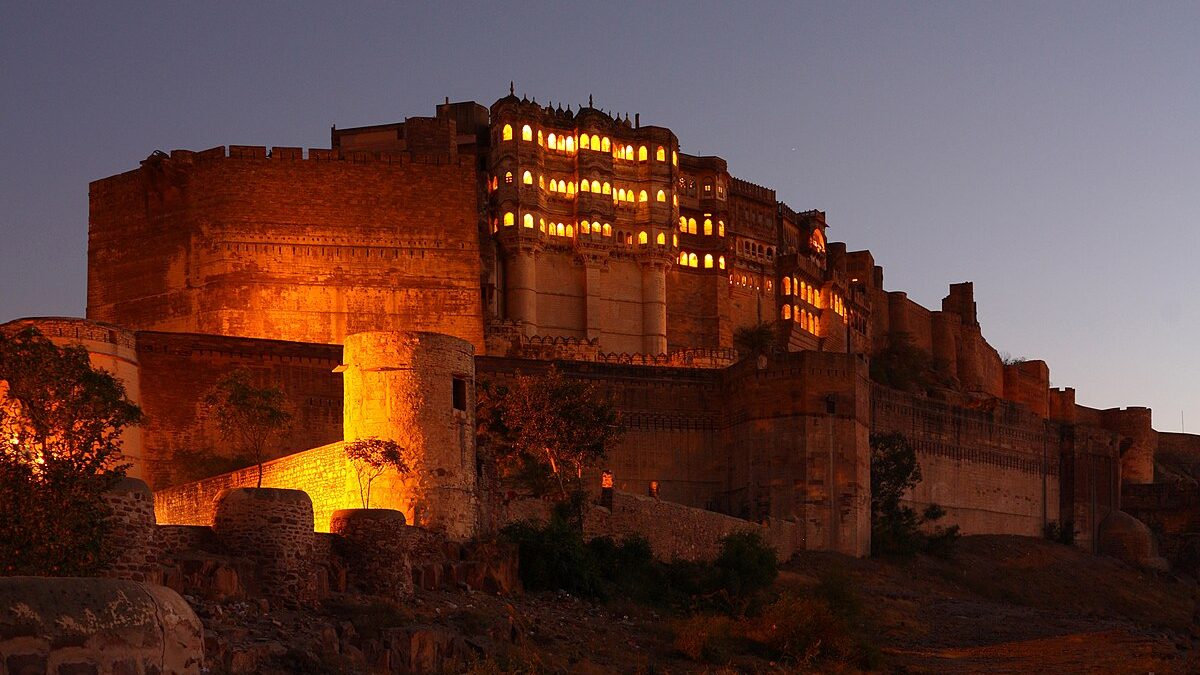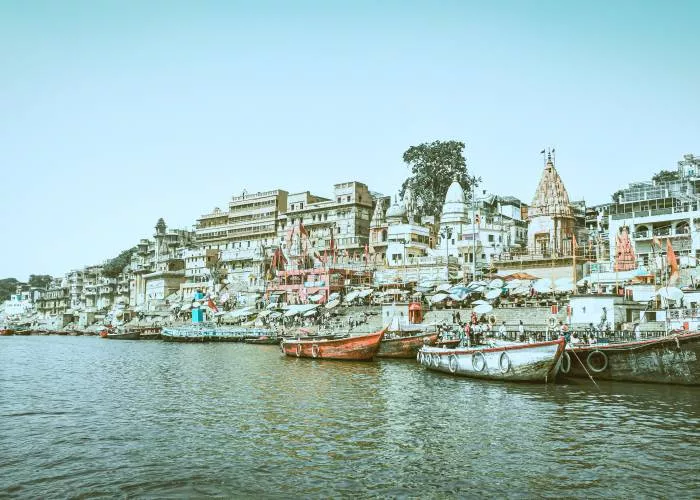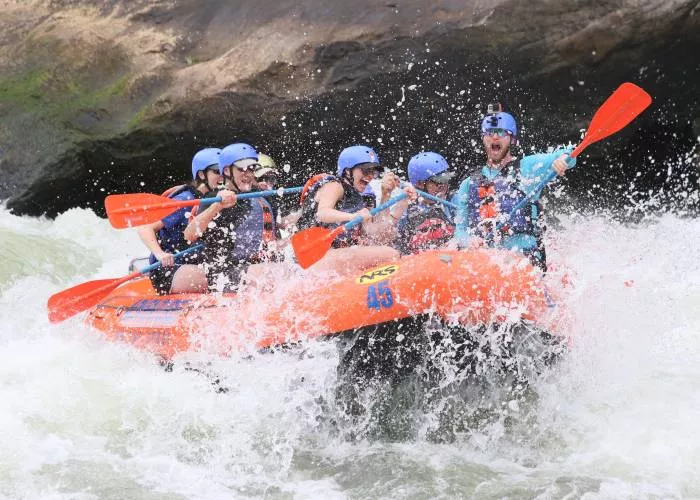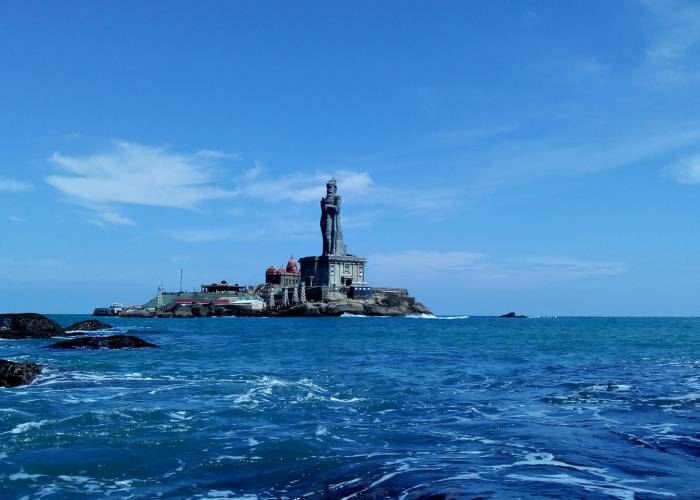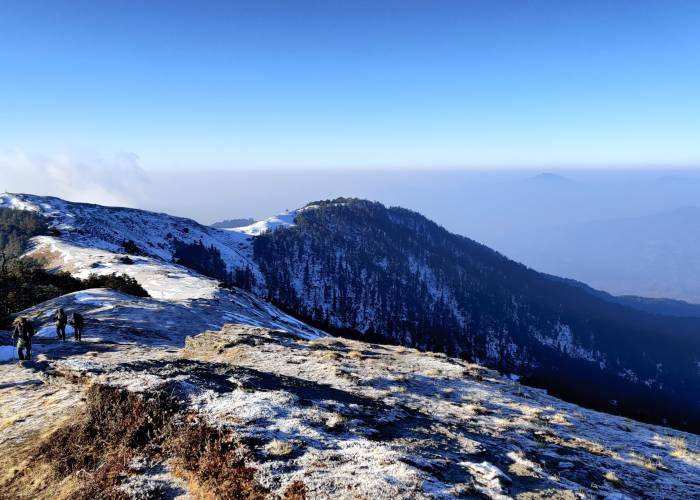10 Local Festivals across India bet you haven’t heard of!

About 10 Local Festivals across India bet you haven’t heard of!
The rich traditional and cultural diversity of India has given birth to different types of festivals all across the nation. From vibrant attires to the unusual customs, a trip to the Indian festivals is like opening a Pandora Box. Weird, fascinating, and full of amazements. These fairs and feast is the symbolism of the ancient customs practiced across the country since ages. Here you will explore about Local Festivals of India.
What’s so special about the idea of exploring these celebrations? A chance to witness the vivid culture with traditional music and dance performances in some of the most beautiful hand-embellished attires. Enriched with thrilling and adventurous sportsmanship, the trip is a revelation to the customs of India, abundant with local culinary arts and hand-made breweries.
Abundant with such a special mix of culture and celebrations Moustache takes you on a trip to these curious and peculiar celebrations. Here is the list of some of the unheard festivals with unique mythologies related and ancient practices.
1. Hemis Festival, Ladakh
Hemis in Ladakh is famous for its Hemis Fair, which commemorates the birth of Guru Padmasambhava. Popular among the tourists, the hemis fair is one of the most important Buddhist celebrations in Ladakh. One of the main festival of ladakh, the hemis gompa festival is a two-day event held at hemis ladakh. The hemis festival is celebrated in one of Ladakh’s most visited monasteries on the 10th day of the fifth Tibetan month. Corresponds to June/July in the Gregorian calendar. The hemis gompa fair is an excellent opportunity to learn about Ladakh’s history and way of life. The hemis tsechu festival, held against the backdrop of the Himalayas, attracts Buddhist devotees from all over the world. The ambiance of Ladakh changes from dark and fading colors to bright ones. So it is also one of Local Festivals of India.
Time of the Festival: June/July
Special attractions:
- Cham Dance.
- Thangkas (Buddhist paintings).
2. Shimla Summer Festival, Shimla
Shimla Summer Festival, a tribute to the gods for a bountiful harvest, heralds the arrival of summer in Himachal Pradesh’s capital. The summer festival features some of the most well-known musical icons, including Mohammad Rafi, Kishore Kumar, Lata Mangeshkar, and Asha Bhosle, and is an excellent forum for showcasing emerging talents to the rest of the world. What’s more special about this festival of himachal pradesh is it features local talent, providing a great naturalists tour with a stunning flower show and a must-see experience for both fashionistas and shoppers. Enjoy exotic fashion shows set against a lit musical backdrop while grooving to your favorite tunes. Unlike any other festivals in summer season, the summer festival organizes a large sports tournament for adventurers and thrill-seekers, where you can try your hand at ice-skating. Shimla Summer Festival delights your senses with a variety of mouth-watering food experiences, leaving you with an unforgettable experience of this mesmerizing summer festivals. So it is also one of Local Festivals of India.
Time of the Festival: May/June
Special attractions:
- Enjoy the soulful folk music performed by the region’s native tribes.
- Participate in a variety of enjoyable and engaging events.
- Put your photography skills to the test.
3. Hornbill Music festival, Nagaland
The Hornbill Festival, Nagaland also known as the “Festival of Festivals,” is probably the famous festival of nagaland and it is unquestionably the most famous attraction about nagaland tourism. Nagaland is famous for its tribal cultures and the hornbill festival is named after the Indian hornbill, a large and colorful forest bird that appears in most of the state’s tribes’ folklore. This nagaland festival takes place at Naga Heritage Village in Kisama, about 12 kilometers from Kohima. Being one of the famous festival in nagaland, the hornbill music festival brings together a variety of cultural displays under one roof, celebrating the heritage of 16 tribes across the state. This festival aims to revive and preserve Nagaland’s rich culture by showcasing its extravaganza and rituals, such as dancing, hunting, and warring skills. The week-long nagaland famous festival brings people across the globe to enjoy colorful events, crafts, sports, food fairs, games, and ceremonies. Few other attractions about this famous festival of nagaland, are the traditional arts such as the amazing paintings, wood carvings, and sculptures. So it is also one of Local Festivals of India.
Time of the Festival: December
Special attractions:
- India’s biggest music and cultural festival.
- A great platform to witness local, national and international music artists.
- Discover a new world of customs, legends, and people who have a rich cultural heritage, unlike any other state of India.
4. Kila Raipur Rural Olympics, Punjab ( Qila Raipur Sports Festival)
The Rural Olympics, also known as the kila raipur sports festival, is an annual event held in kila raipur punjab (near Ludhiana), India. Each year in February, the kila raipur rural olympics invites hundreds of sports enthusiasts from the nearby villages, including foreigners, flock to Ludhiana. The kila raipur festival witnesses bullocks, camels, dogs, mules, and other animals compete in sporting events. People can lift bicycles or ladders with their teeth, pull cars with their hair, teeth, or ears, and perform other daredevil stunts on bicycles and horses during the kila raipur sports. The kila raipur sports festival is delegated with several cultural performances that will keep you entertained during the three-day festival. So it is also one of Local Festivals of India.
Time of the Festival: February
Special attractions:
- Rural Olympics organized and managed all by rural authorities.
- A rural sporting event that draws a large crowd of sports fans, including foreigners.
- Witness major Punjabi rural sports, including cart-race, athletic events and rope pulling, and other rural games like rooster and pigeon fights, etc.
- From youth sports to professional, this rural Olympic got something and everything for all genders.
5. Chapchar Kut, Mizoram
The chapchar kut event is thought to have begun around 1450–1700 A.D. in a village called Suaipui. Chapchar Kut, as one of the Mizos’ three main annual festivals, is a harvest festival named after the bamboo that has been cut and dried for burning and subsequent cultivation. Another legend tells the story when the hunters returned to the village empty-handed, the village chief suggested an impromptu feast of rice beer and meat to make up for their disappointment. Since then, the Suaipui village has repeated the festival and it has spread to other villages. The chapchar kut festival was resurrected on a grand scale in Aizawl, 1962, along with the other two annual festivals, Mim Kut and Pawl Kut, resurrected in the span of the previous century. The chapchar festival marks the start of the year, cheered by a lot of drinking and eating. The young men and women will dance all night on the first night. The women will arrive dressed in a Vakiria and perform the Cheraw, the traditional bamboo dance. While the women dance, the men sit on the ground and pound bamboo sticks against each other. Symbol clashes and drum beats accompany various forms of tribal dance performances. Art, handicrafts, concerts, flower displays, and food are all available. So it is also one of Local Festivals of India.
Time of the Festival: March
Special attractions:
- Celebrated after the Jhum operation or the forest cleaning operations (removal of charred remains).
- Traditional clothing is worn.
- Experience local rice beer and ethnic cuisine.
- Traditional dance forms such as Khuallam, Chheihlam, Chai, Sarlamkai, and Cheraw as the event’s main dance, are featured in the festival.
- Participate in Chhawnghnawh, a pre-Christian practice of stuffing boiled eggs into the mouths of one another.
- Along with arts, crafts, and photo exhibitions, Chapchar Kut is held.
- Mizo traditional games and a costume parade are available to participate in.
6. Ziro Festival of Music, Arunachal Pradesh
If you are looking for a unique experience of tribal, local, national, and international music with a perfect balance of scenic views, then make your stop at the ziro music festival. Being India’s largest and most remote outdoor music festival, the Ziro Music Festival is a mix of 30 indie bands from around the world and top folk acts from northeast India. Started in 2012, the ziro music fest was created by Bobby Hano and Menwhopause guitarist Anup Kutty to promote India’s independent music scene, has featured artists such as Lee Ranaldo, Steve Shelley, Damo Suzuki, Shye Ben Tzur, MONO, Divine, Louw Majaw, Shaa’ir n Func, Indus Creed, Peter Cat Recording Co, Menwhopause, Guru Rewben Mashangva, and Barmer Boys among others. The ziro fest lasts for four days and is hosted by members of the Apatani tribe. Ziro Festival has two stages, Donyi (Sun) and Polo (Moon), based on the Arunachal Pradesh tribes’ animist Donyi Polo religion. The ziro valley festival has a zero-waste policy and encourages participants to do their part in not leaving any trash behind. Arunachal Pradesh’s Ziro is also without a direct flight. The closest airport is in North Lakhimpur, Assam, which is about 140 kilometers away, and the second closest airport is now in Dibrugarh, Assam, which is about 300 kilometers away from Ziro Valley. An overnight train runs from Guwahati to Naharlagun, Arunachal Pradesh, from where a 3-hour cab ride to Ziro is available. So it is also one of Local Festivals of India.
Time of the Festival: September
Special attractions:
- The event is held in one of the most beautiful locations in the world.
- With the bamboo stage built by locals, it is India’s most environmentally friendly festival.
- The four days event is equally popular among national, international, and local crowds as well.
7. Sonepur Cattle Fair, Sonepur
Did you know it was an extravagant event of selling cattle in olden times? Let’s take you back to the sonepur cattle fair, held every Kartik Poornima (the full moon day) in the village of Sonepur, Bihar. Located at the confluence of the rivers Ganga and Gandak, the Sonepur Cattle Fair, also known as Harihar Kshetra Mela, draws tourists from all over Asia. Fun fact, the sonepur fair is Asia’s largest cattle fair. And as per the sonpur mela history, the practice of sonpur mela date back when Chandragupta Maurya (340 – 297 BCE) purchased elephants and horses for his army across the Ganges. The sonpur mela is also conducted in the honor of Lord Vishnu, who saved the pious elephant Gaj Grah from being maimed by an attacking crocodile while the latter was paying him obeisance in his Harihar Nath avatar. As a result, the sonepur animal fair revolves around the temple of Harihar Nath, as well as events such as holy river bathing and elephant ceremonial bathing. Aside from elephants, the fair features several dog breeds, donkeys, ponies, Persian horses, goats, bulls, buffaloes, and a wide variety of birds (some of which are illegal). So it is also one of Local Festivals of India.
Time of the Festival: November/December
Special attractions:
- Ceremonial bathing of the elephants at the fair.
- Sonepur Cattle Fair, also known as Harihar Kshetra Mela, draws tourists from all over Asia.
- Celebrate the diversity of human and animal cultures and practices.
8. Sulafest, Nashik
SulaFest is a gourmet wine festival held at Sula Vineyards in Nashik, Maharashtra, and is India’s largest vineyard music festival. Set against the backdrop of rolling hills and surrounded by the tranquility of the Gangapur Lake, sula makes nashik India’s wine city. With a delightful evening, complimented by a range of fine wine and soothing music from a wide range of international and Indian musicians, it’s no wonder why the wine festival nashik sells out every year. The SulaFest indulges you through a variety of cuisines, many from renowned restaurants such as Little Italy and Soma, through an impressive range of gourmet food, drinks, quirky products from funky brands, and fun games and activities at SulaFest Bazaar. Along with Sula’s extensive wine selection, there will be a variety of other imported wines to sample. Not a wine person? That’s fine. The nashik wine festival also gives you an excellent selection of spirits and beers from around the world. If you’re always searching for more fun, you can camp at our campground and fall asleep to the sounds of nature. So it is also one of Local Festivals of India.
Time of the Festival: November/December
Special attractions:
- Enjoy a relaxing weekend with a good bottle of wine and some calming music.
- Cleanse your palate with delectable Sula wines and other imported wines, as well as a fine selection of spirits and beers from around the world.
- Listen to a wide range of foreign and Indian music artists when participating in a variety of enjoyable activities.
- Enroll in the wine classes and meet some of Sula’s winemakers.
- Explore the delectable cuisines and products from some of the most lovable brands.
9. Puli Kali, Kerala
Pulikali is said to have originated over 200 years back. Translated as the dance of tigers or tiger dance, pulikkali was originated as a ceremonial dance by the Maharaja of Cochin. It was him who decided to celebrate the onam festival retracing the wild and macho spirits of the force. Pulikali is a form of folk art, dance, music, and drama that depicts the theme of tiger hunting. Today Pulikkali is a striking feature of Onam, promoting the kerala tourism worldwide. Where the performers dress up in readymade masks, cosmetic teeth, tongues, beards, and mustaches. Just like the tigers and hunters in yellow, red, and black and they enact their roles to the beats of instruments like Udukku and Thakil. So it is also one of Local Festivals of India.
Time of the Festival: August-September
Special attractions:
- Witness the recreational folk art from the Indian state of Kerala.
- Strikingly looking performers’ dressed into brightly colored outfits.
- Translated as ‘Play of Tigers’, Pulikali is performed by artists painted like tigers and hunters on the annual harvest festival, Onam.
10. Vallam Kali, Kerala
The snake boat race in kerala, also known as the Vallam Kali, is a 400-year-old tradition of kerala india. The name can appear to be threatening, but don’t be alarmed. The reason for this is due to the shape of the race boat. As one of the prominent parts of the kerala tourism, these boats are about 100-120 feet long and can accommodate about 100 rowers. The snake boat is the pride of the villages in this region of kerala state, and each village has its snake boat. Talking about the past of the boat race kerala, can be traced back to the ancient times of the king of Alleppey. Around the canals, he was known for fighting fights with the kings of neighboring regions. The king suffered a significant loss during the war, and to obtain a better boat, he commissioned a boat architect to design one for him. The snake boat was thus created by the architect. Nowadays, these vessels are used for adventure sports and events during kerala boat festival. So it is also one of Local Festivals of India.
Time of the Festival: August-September
Special attractions:
- Kerala’s traditional paddled longboats (also known as snake boats) date back to the eighth century.
- Vanchipattu, also known as the ‘boat song,’ a form of Malayalam poetry sung during Vallam Kali.
The diversity of India is celebrated every single day, regardless of which part of the country you are in. Learn more about this country, take in the atmosphere of its diverse mix of cultures, customs, and beliefs. Discover the Not-So-Popular, yet unique geographical festivals across the nation. An expedition to the different languages, rituals, customs, and festivals, across India. So this was the complete blog about Local Festivals of India of Moustache Escapes.
Until then, keep reading, keep traveling!



